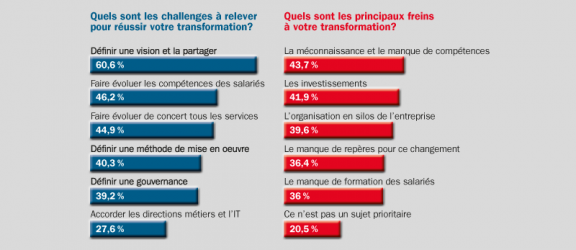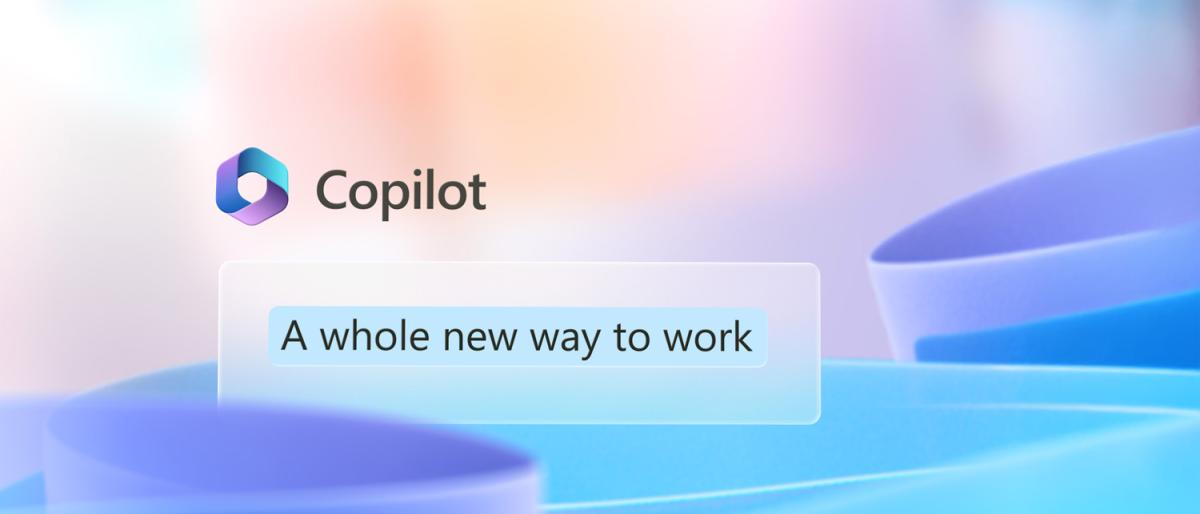Today, the adaptation to the rapid and constant development of new information technologies is called "digital transition". All these technologies are intended to improve the performance and productivity of the company, and thus to make it an essential lever for growth.
Adapting to the current health conditions
With the global pandemic now affecting more than 3 billion people worldwide, these new tools also have a strong impact on the business world and the way companies adapt to these new constraints and working conditions. We all realise that there will be no going back in most service companies, and that remote working will have a real and lasting impact on the activities of companies in many sectors.
But in order to face up to these challenges, taking into account recent developments, and to make the transition as successful as possible, it is essential to understand the digital environment. It is essential to know what tools are available and, above all, which ones will best meet the needs of society.
In this context of uncertainty and rapid change, many people also wonder about security.
The security of employees in times of health crises, of course, but also the security of data and information linked to companies has become a major consideration in the workplace in companies embarking on a digital transition.
Successful adoption of new tools
This transition stage is never something that can be taken for granted. One of the main problems encountered when adopting new tools (and in this case also visible in the case of new digital work tools) is the reluctance of employees to implement new ways of working, producing, organising... and this reluctance is visible even when the tools proposed to employees help them to be more productive, more flexible, or even less overloaded; and more secure, as in the case of the recent pandemic, by staying at home.
In order not to miss out on a crucial issue, here are some answers.
Steps to adopting new work tools
The first step is to start by accurately gathering the needs of all employees. Establishing a few scenarios of practices to be implemented during the transition will facilitate the implementation of the tools when the time comes.
As it is certainly impossible to get everyone to take up new working tools in one day, establishing an adoption plan is an essential step. This plan will define the major stages of the transition within the company, and which employees will be involved in which stages.
A good practice is to start rolling out new tools to a small group of employees. This group of adoption "champions" will set an example and push for better collaboration and use of the tools throughout the company.
And it is natural to find that users vary widely in their level of competence with the new digital tools. It is estimated that only one in 10 people can be considered digitally literate, and therefore able to adapt quickly to a new environment and new constraints. It is therefore essential to devote a significant part of the efforts devoted to the adoption of new digital tools to the training of employees.
Finally, it is also necessary to closely monitor the progress of this adoption, and to take into account, step by step, the feedback from all employees.
A new working environment
To support this global change, Microsoft Teams software is a valuable ally, currently adopted by around 50% of users. The majority of companies are looking for a reliable tool that facilitates remote work and its needs, in particular the need for collaboration with information and document sharing, the need for direct communication (e.g. via chats) and finally the need for exchanges by video or telephone (videoconferencing has seen an astronomical increase since March 2020). Microsoft Teams happens to have all these features and more.
Here is a table comparing pre-digital revolution practices and those that can be envisaged via Microsoft Teams.

All this is accompanied by dozens of external applications that can be integrated into the Teams environment to facilitate work, collaboration and to cover all the needs of the company. For example, there is a cloud storage tool (OneDrive) that gives each user up to 1T of storage space!
MS Teams is a precious ally, allowing you to group together as much as possible of what you need, especially if you take into account the current context, which leaves an almost indelible mark on the future of a company in constant change. And to accompany your change and help you go further, faster, more securely and confidently, Keyjob accompanies you with its numerous training courses. Let's not forget that, according to studies, the main obstacle to the adoption of new work tools is the lack of training.
To go further
You may be interested in the following trainings
Maybe
you'll like…

 FR
FR EN
EN








